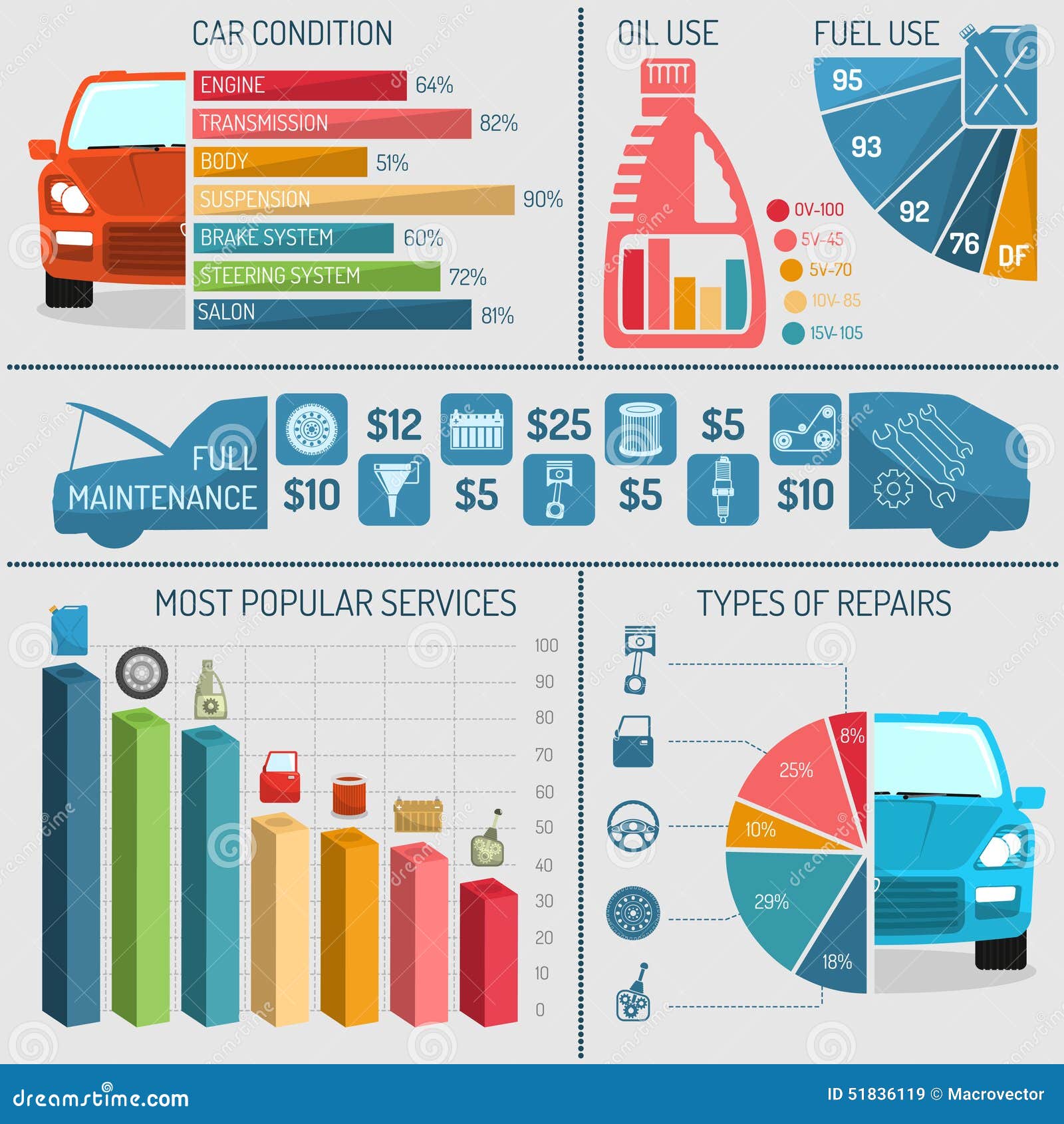A Beginner'S Manual For Interpreting Your Vehicle'S Alert Lights
A Beginner'S Manual For Interpreting Your Vehicle'S Alert Lights
Blog Article
Short Article By-Gunter Isaksen
When you're behind the wheel, those little caution lights on your car's dashboard can be fairly difficult. What do they mean, and should you be worried? Comprehending these signals is important for your car's well-being, yet it does not have to be an overwhelming task. By translating the enigma behind each light, you'll be equipped to deal with prospective concerns effectively and maintain your automobile running smoothly. So, next time a caution light flashes, do not panic - arm on your own with knowledge and take control of the scenario.
Significance of Car Warning Lights
Recognizing the importance of your car's warning lights is essential for keeping your lorry's health and safety. These lights serve as your auto's communication system, notifying you to potential problems that could endanger your safety when driving or cause pricey fixings if neglected. By paying attention to these warnings, you can deal with problems early and protect against more damage to your vehicle.
Ignoring cautioning lights can lead to major consequences, such as engine failing, brake malfunctions, and even accidents. These lights are created to inform you of concerns varying from low tire pressure to engine malfunctions, providing you the possibility to act before the circumstance worsens. Consistently inspecting and understanding these cautions can conserve you time, money, and ensure your safety and security while driving.
In addition to maintaining you safe, responding quickly to cautioning lights can also aid prolong the life expectancy of your car. By addressing problems early, you can protect against small troubles from escalating into significant repairs, eventually saving you time and money in the long run. Bear in mind, your automobile's warning lights are there for a reason - don't overlook them!
Common Caution Lighting and Meanings
When it pertains to driving your automobile, knowing usual caution lights and their definitions is essential for your safety and security and car upkeep. Below are a couple of typical caution lights you may run into:
1. ** Check Engine Light **: This light suggests a problem with your engine. https://franciscoidzuo.mybuzzblog.com/10811295/prioritize-your-safety-and-economic-health-by-concentrating-on-the-often-overlooked-auto-maintenance-job could be something minor like a loose gas cap or something more significant like engine misfiring.
2. ** Battery Light **: This light signals a trouble with your cars and truck's billing system. It might suggest a damaged battery, alternator, or various other related parts.
3. ** Oil Pressure Light **: When this light begins, it implies your engine might be running low on oil or experiencing low oil pressure, which can result in engine damages otherwise addressed promptly.
4. ** Brake System Light **: This light suggests an issue with your braking system. https://www.repairerdrivennews.com/2022/05/18/california-doi-answers-repairers-questions-on-labor-rates-parts-requirements-oem-procedures/ could indicate reduced brake fluid levels or a trouble with the brake system that needs prompt interest.
Comprehending these usual warning lights will help you determine prospective concerns early on and protect against even more significant issues down the road.
How to Reply To Warning Lights
In the event that a caution light illuminates on your automobile's control panel, it's vital to react quickly and appropriately. When a warning light comes on, the primary step is to consult your owner's handbook to recognize the details concern indicated by the light.
Some lights need prompt interest, while others might show a less urgent matter. If the caution light is red or blinking, it's typically an indication of a major issue that requires prompt action. In such cases, it's advisable to pull over safely, shut off the engine, and look for professional aid.
For yellow or orange warning lights, while they may not need immediate interest, it's still vital to address the hidden concern immediately to prevent additional damage. Routine maintenance and inspection can aid protect against cautioning lights from coming on suddenly.
Final thought
Finally, understanding your vehicle's caution lights is important for preserving your vehicle's health and wellness. By regularly inspecting and reacting to these cautions, you can address potential problems early and stop costly fixings or safety and security risks. Keep in mind to consult your proprietor's handbook for info on various caution lights and constantly take instant activity for red or blinking lights. Remain proactive and keep your automobile running smoothly!
